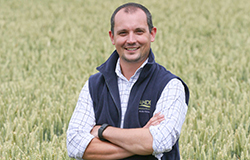- Home
- Knowledge library
- On-farm trials at Strategic Cereal Farm East (2023 to 2029)
On-farm trials at Strategic Cereal Farm East (2023 to 2029)
Summary
AHDB Strategic Cereal Farms put cutting-edge research and innovation into practice on commercial farms around the UK. Each farm hosts field-scale and farm-scale demonstrations, with experiences shared with the wider farming community.
David Jones hosts the second Strategic Cereal Farm East (2023–2029) at Morley Farms Ltd (Norfolk), which is a 750ha farming enterprise, 700ha of which is an arable rotation. The first Strategic Cereal Farm East (2017–2023) was based in Suffolk.
David is no stranger to innovation and he manages land steeped in research history. In fact, Morley Farms has hosted trials since 1965.
Although the commercial farm business does not plan to move from its conventional roots, David wants to explore farming in an environmentally sympathetic way that delivers on yields.
This page features a summary of information published in the latest annual report (harvest 2024) and the latest results webinar (harvest 2025).
Cultural weed control strategies: Italian rye-grass target (harvest 2024)
Headlines
- The recent identification of glyphosate resistance in Italian rye-grass highlights the importance of evaluating, tailoring and adopting non-chemical weed management options
- Non-chemical approaches require long-term testing to determine their full potential in an integrated weed management approach
- Significant weed seedbank sampling was carried out to determine the baseline weed pressure and diversity in the seedbank
- The sampling identified an abundance of weed seeds showing how above-ground weeds are just the tip of the iceberg
- Careful management, including the approach to tillage and rotation, is needed to prevent weed pressures spiralling out of control
- The original harvest 2024 trial to test cultural weed control methods (an interrow-hoe and a weedsurfer) combined with chemical weed control was abandoned due to inclement weather (the machinery was demonstrated in alternative fields, instead)
Action points
- It is important to build a complete picture of the weed seedbank (abundance and diversity), especially as many weed species may only be present at depth
- To estimate weed pressures in the soil profile, consider the interaction of primary cultivation and season (with respect to weed seed return)
- Use seedbank information (vertical and horizontal weed pressures) to tailor management
- For example, where the greatest pressure comes from weed seeds buried by ploughing (as we observed in one field), consider minimising soil movement to prevent bringing them to the surface
- Although switching crops (e.g. from a winter cereal to late-spring-drilled cereal crop) can help tackle some weed species, it may favour other weed species
- Ultimately a diverse weed seedbank, without dominance by a single aggressive weed species (such as black-grass or Italian rye-grass), is likely to indicate a more balanced and sustainable cropping system
Don't let weeds take the lead (the weed project features in this Groundswell 2025 YouTube video)
Integrated pest management: BYDV target (harvest 2024)
Headlines
- This work explores how variety choice and decision support systems (DSS) can help manage aphid and Barley yellow dwarf virus (BYDV) risks in winter wheat
- The harvest 2024 trials used two fields: one with a variety marketed as exhibiting resistance to BYDV (RGT Grouse) and one with a susceptible variety (KWS Dawsum)
- Two DSS were used to determine the risk of BYDV spread and the need for insecticide applications: the T-sum tool, which uses a thermal sum (time taken to reach 170 day degrees above a 3oC baseline), and a pilot model, which considers many more factors that influence BYDV risk
- The researchers also monitored levels of aphids and natural enemies
- Aphid numbers were relatively low across the region, compared with previous yearly averages
- As both models reported a low risk of BYDV, no insecticides were applied in either field (soils were also wet, which would have resulted in soil/crop damage from sprayers)
- Although KWS Dawsum yielded about 1 t/ha more than RGT Grouse, in-field variability may have contributed to this result
- This trial will be repeated in 2025/26 to collect longer-term data from years of varying aphid and weather pressure
Action points
- DSS can indicate risk and focus in-crop monitoring, helping to target insecticide use
- Insecticide treatment is only justified when the risk of BYDV spread is high
- Where compatible with your IPM Plan, resistant varieties may offer additional protection against high levels of BYDV, particularly for early drilled crops
Human vs machine: The quest for BYDV monitoring accuracy in cereals (2025 blog)
Nutrient use efficiency: nitrogen target (harvest 2024)
Headlines
- A robust, three-replicate, split tramline trial was used to evaluate the efficiency of a polymer urea product at the final application timing
- All approaches followed a conventional nitrogen regime of 150 kg N/ha applied in two splits: 55 kg N/ha in mid-March and 95 kg N/ha in mid-April
- Treatments at the final application timing were:
- No additional nitrogen (untreated)
- Soil-applied nitrogen used at a rate of 38 kg N/ha (farm standard prior to 2022)
- A foliar-applied polymer urea, MZ28, used at a rate of 25 l/ha (advertised as a substitute for 36 kg N/ha of soil-applied nitrogen)
- The polymer urea product recorded no improvement in yield or grain nitrogen over the untreated (no final nitrogen dose) in 2024
- The addition of 38 kg N/ha increased grain yields by 0.3–0.5 t/ha and protein content by 0.5–0.6% compared to the untreated plots and MZ28-treated plots
- The small yield increase (0.5 t/ha) from soil applied N (38 kg N ha) over untreated was still associated with poor grain nitrogen uptake efficiency (29%), despite above-average soil moisture after application
- The polymer urea product showed no yield benefit and, along with its higher costs, resulted in a negative margin
- Soil moisture, disease pressures and the timing of foliar application impacted effectiveness of the alternative nitrogen applications
Action points
- Use well-designed tramline trials to test new approaches to determine whether to change broadacre applications
- Always include a control to gauge whether doing something differently is more effective than doing nothing
- Use spatial data, such as soil scans (e.g. electrical conductivity), yield maps, and in-season biomass and nitrogen uptake satellite maps to set up trials in areas with minimal initial spatial variation
- Repeat trials for at least three seasons to test approaches under a range of weather and growing conditions
- If variation is large (e.g. different soil types), consider establishing multiple trials across the farm
Harvest 2025 update
Curious about what we’ve been up to at Strategic Cereal Farm East in 2025?
Watch this webinar for the latest findings and discover how the research is grounded, practical and shaped by real farming experiences.
You will hear from specialists on:
- Measuring and managing the weed seedbank – take control of weed pressures
- Managing BYDV risk – smarter strategies to protect your crops
- Nitrogen use efficiency – solid vs foliar fertiliser and the influence of spatial variation
View the full playlist on YouTube
*Project costs
Costs cover investment to date (harvest 2024, 2025 and 2026 trials) and include VAT. Total project value includes a £24,542 in-kind contribution from Garford Farm Machinery.
Downloads
Strategic Cereal Farm East annual report (harvest 2024)Related research projects
Related resources
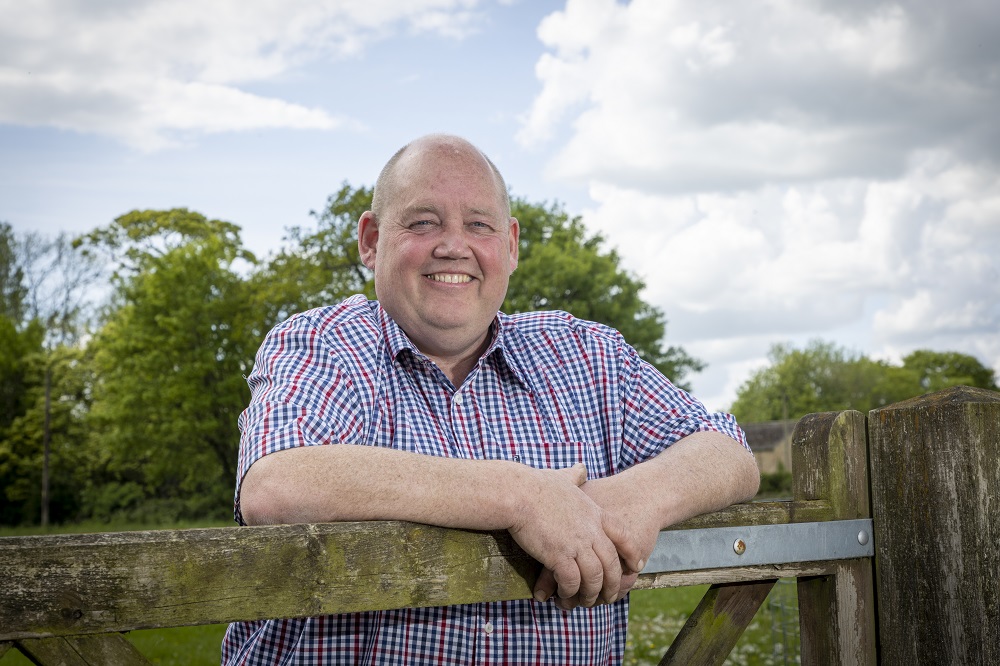
Strategic cereal farm east: Results webinar
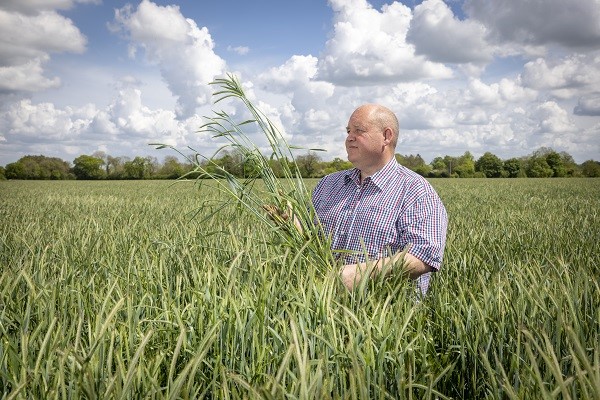
Strategic Cereal Farm East 2025: Trial Results and Insights at TMAF
.png)
Lessons from Strategic Cereal Farm East (harvest 2024)
.png)
Seedbank studies illuminate weed management at Strategic Cereal Farm
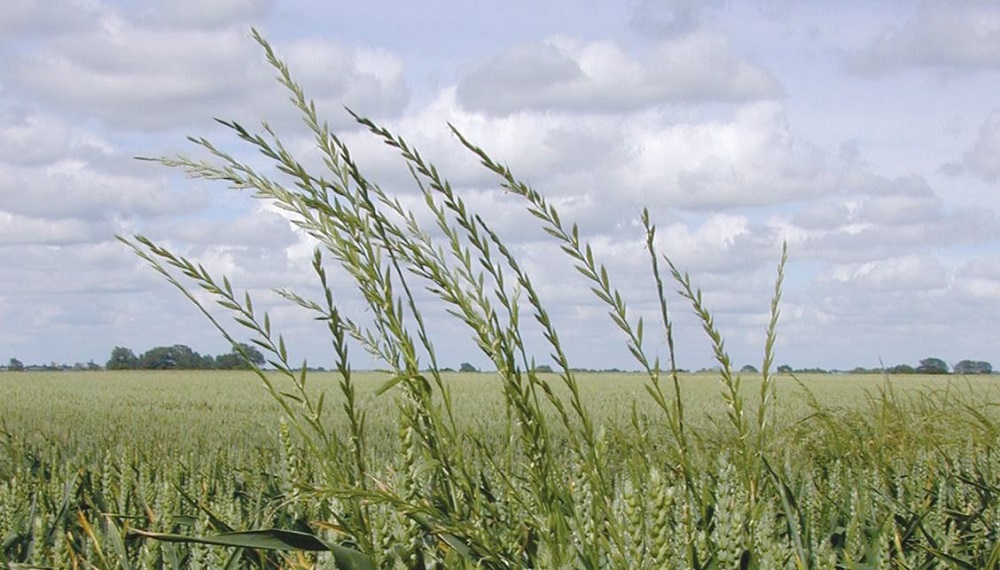
First case of glyphosate resistance in a UK weed (Italian rye-grass) confirmed
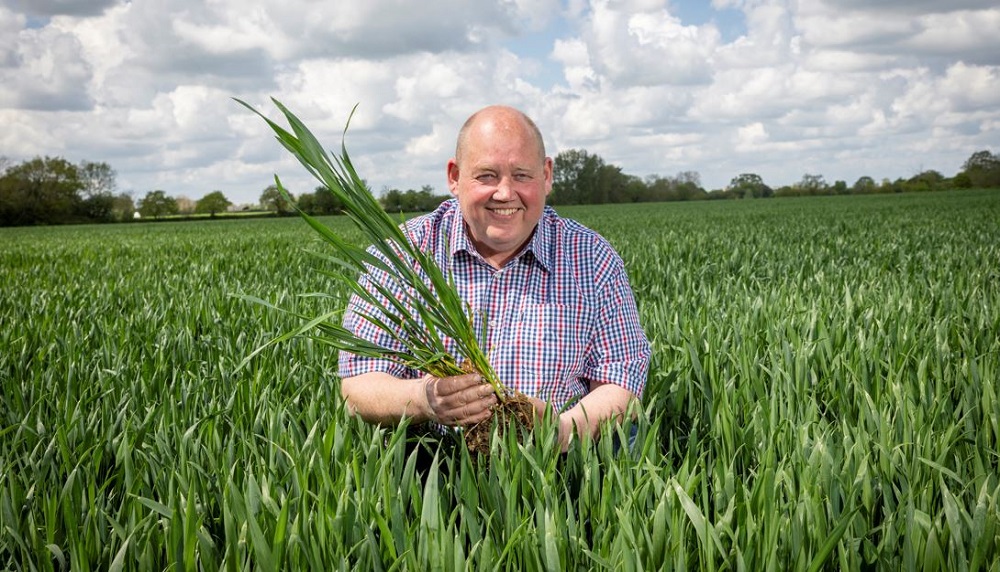
The Norfolk arable farm with practical research at its heart
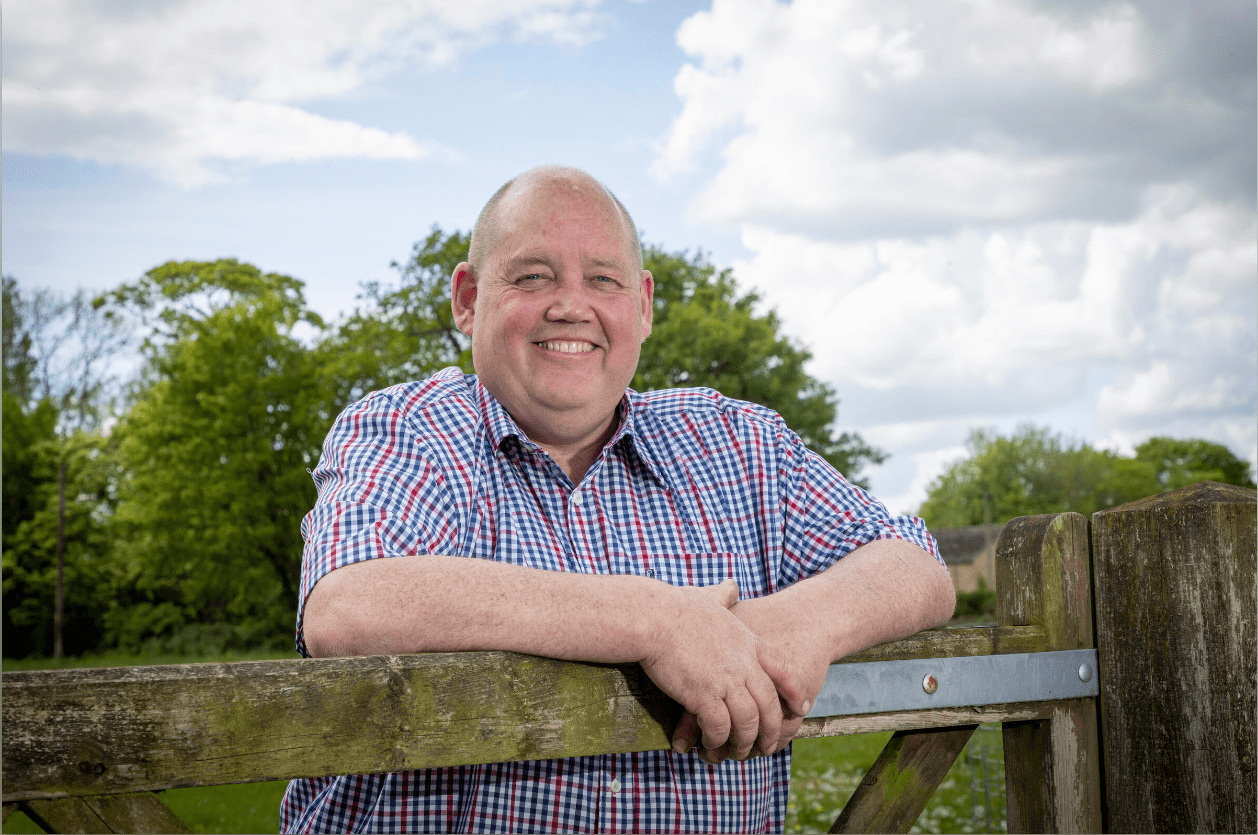
Strategic Cereal Farm East
